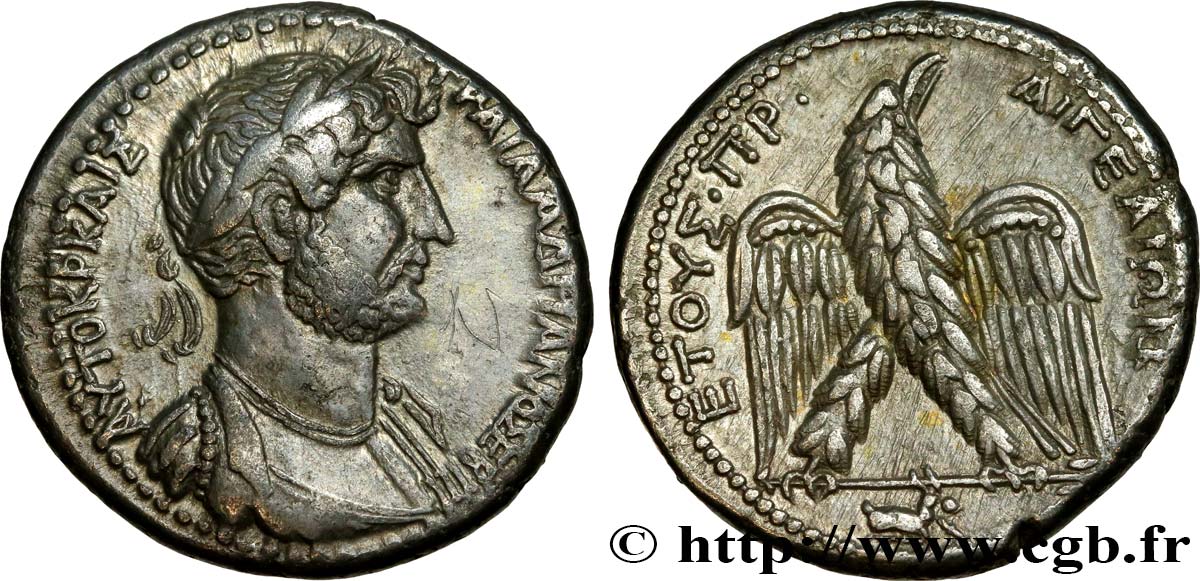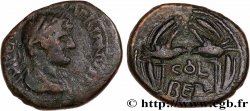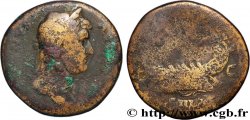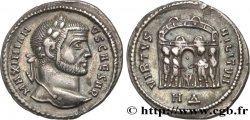Live auction - bpv_582246 - HADRIAN Tétradrachme syro-phénicien
You must signin and be an approved bidder to bid, LOGIN TO BID. Accounts are subject to approval and the approval process takes place within 48 hours. Do not wait until the day a sale closes to register. Clicking on "BID" constitutes acceptance of the terms of use of cgb.fr private live auctions.
Bids must be placed in whole Euro amounts only. The sale will start closing at the time stated on the item description; any bids received at the site after the closing time will not be executed. Transmission times may vary and bids could be rejected if you wait until the last second. For further information check the Live auction FAQ
All winning bids are subject to a 18% buyer’s fee.
All winning bids are subject to a 18% buyer’s fee.
| Estimate : | 720 € |
| Price : | 320 € |
| Maximum bid : | 650 € |
| End of the sale : | 16 June 2020 14:54:11 |
| bidders : | 1 bidder |
Type : Tétradrachme syro-phénicien
Date: an 180
Mint name / Town : Aigeai, Cilicie
Metal : silver
Diameter : 26 mm
Orientation dies : 6 h.
Weight : 14,11 g.
Rarity : R1
Coments on the condition:
Bel exemplaire, bien centré. Champ légèrement gratté devant le portrait d’Hadrien. Très bel aigle. Patine grise de collection
Catalogue references :
Predigree :
Cet exemplaire provient du stock de Gorny & Mosch en 2014
Obverse
Obverse description : Buste lauré et cuirassé d’Hadrien à droite drapé sur l’épaule gauche, vu de trois-quarts en avant (B*01).
Obverse legend : AUTOK KAIS TRAIA - ADRIANO SEB PP (Autokrator Kaisar Traianos Adrianos Sebastos Patri Partidos)
Obverse translation : (L’empereur césar Trajan Hadrien auguste père de la patrie).
Reverse
Reverse description : Aigle de face, ailes déployées, tête et queue à droite, sur une ligne de terre, une chèvre à droite à l’exergue.
Reverse legend : AIGEAIWN/ ETOUS. PR;
Reverse translation : (D’Aigeai, an 180 de l’ère césarienne).
Commentary
Dans la base TSP maintenue par Michel Prieur, cent deux exemplaires sont maintenant répertoriés pour le Prieur 721, deux en musée, à Oxford et au British Museum.








 Report a mistake
Report a mistake Print the page
Print the page Share my selection
Share my selection Ask a question
Ask a question Consign / sell
Consign / sell
 Full data
Full data












